IMPROVING YOUR INDOOR AIR QUALITY: DEHUMIDIFIERS
Posted on by WestAIR Heating & Cooling
During the summer months, do you find the air inside your home feeling damp? Living in Minnesota, we know exactly what an overly humid summer day feels like, even from inside. Not only is it sticky and uncomfortable, but we also see a rise in our electricity bill from our HVAC system working overtime. Humid air can also damage floors, furniture, and walls making homeowners spend even more money down the line. A dehumidifier can fix all of this. Read our blog as we discuss how dehumidifiers can improve your indoor air quality.
Why do you need a dehumidifier?
Dehumidifiers are the key to better air quality in your home. Not only do they help maintain your comfort, but also help prevent the growth of mold in your home, which means improved health and safety for you and your loved ones. When there is less humidity in the air, it also allows you to raise the temperature a few degrees to save on cooling expenses. Installing a dehumidifier is sure to save you money and benefit your health in the years to come. The gains of a dehumidifier are infinite!
How do dehumidifiers work?
Dehumidifiers work in one of two ways, either by refrigeration or absorption. Let’s take a look at how both methods work.
- Refrigeration: These dehumidifiers pull moisture over a cooling coil inside either a portable or whole house dehumidifier. The moist air condenses down, and any vapor is turned into droplets that collect in a pan or directly down a drain. Now free of moisture, the air passes over the hot compressor and warms back up to its original temperature before being blown back into the room.
- Absorption: These dehumidifiers pull moist air in through a duct which then moves past a large rotating wheel. The wheel is made of water-absorbing material. Once the air meets the wheel, any vapor is absorbed into the material leaving only dry air to be blown back out into the room.
Dehumidifier types and models
Dehumidifiers are available in a variety of different models. If you are looking to dehumidify a small space, a portable dehumidifier is the way to go. Portable models are available in different sizes, yet they all function the same by collecting moisture in a container. Whole house dehumidifiers are similar, but they empty directly into a drain.
If you are looking to dehumidify your whole home, you can purchase a system that attaches to your HVAC system. Living in Minnesota, this is a staple for living comfortably. Excessive humidity can seep into your home decreasing the indoor air quality and becoming a breeding ground for mold growth. HVAC dehumidifier attachments allow your cooling system to work efficiently and keep your home’s air quality and moisture level at your desired level.
The professionals at WestAIR are ready to assist with all your home comfort needs. Contact WestAIR Heating and Cooling today to learn more about reducing humidity and improving your indoor air quality.
This entry was posted in Cooling,Humidity,Indoor Air Quality and tagged Dehumidifier, Heating and cooling, HVAC, Indoor air, Indoor air quality, WestAIR
Importance of Indoor Air Quality
Posted on by WestAIR Heating & Cooling
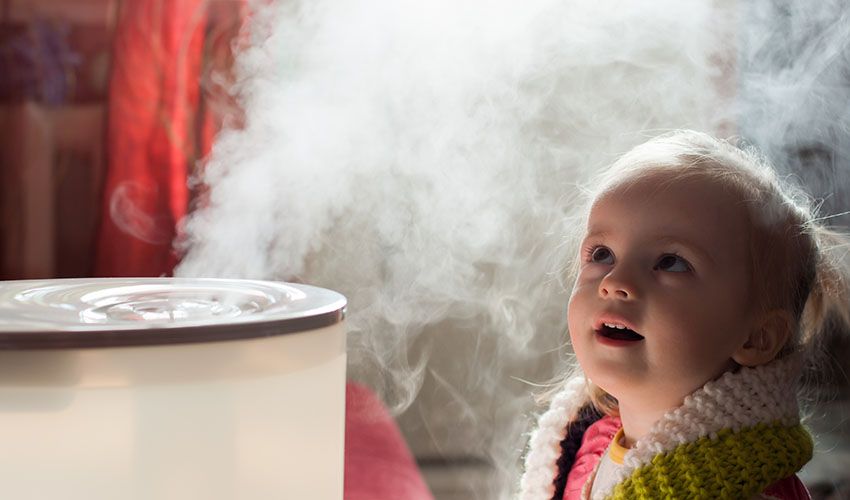
When we think about pollutants, many of us jump to an image of factories pumping smoke and toxins into the air. But what about on a smaller, more personal scale? Most of us spend more time in our own home than anywhere else, yet fail to consider the potential harm we face there. Let’s look at the importance of indoor air quality for family health.
Why Indoor Air Quality Matters
According to the EPA, the concentrations of pollutants in indoors are often two to three times what they typically are outdoors. Additionally, the EPA says that on average, Americans spend about 90 percent of their time indoors, with people who are more susceptible to pollution’s adverse effects (including children, older adults, and those with cardiovascular or respiratory disease) spending even more.
Causes/Sources
When it comes to indoor pollutants, most people are aware of secondhand smoke, radon, and carbon monoxide. Other threats to indoor air quality include:
- Combustion sources like wood, coal, and gas heating and cooking appliances
- Cleaning supplies releasing different chemicals into the air
- Building materials like insulation and pressed wood
- HVAC systems, especially if improperly maintained
- Pet hair, dander, and other allergens
- Inadequate ventilation
- Dust mites and pests
- Mold and bacteria
Outdoor air pollutants can also make their way inside the home through open doors and windows, ventilation systems, and cracks and seams. Chimney smoke can reenter and pollute the air, and volatile chemicals can sometimes enter via the water supply when cooking or showering. By simply entering the home, people inadvertently bring the soil and dust particles attached to their clothing along with them, as well as any pollutants attached to those particles.
Effects
The effects of indoor air pollutants vary both by person and based on length of exposure. Some immediate, short-term effects include:
- Irritation of the eyes, nose, and throat
- Coughing and sneezing
- Headaches, dizziness, and fatigue
- Upper respiratory congestion
- Triggered or worsening asthma symptoms, including asthma attacks
Long-term and more severe health effects include:
- Respiratory disease, heart disease, and cancer
- Nausea and vomiting
- Fever and chills
- Myalgia (muscle pain)
- Nose bleeds
- Difficult or painful breathing
If you experience any of these symptoms, contact your healthcare professional or dial 9-1-1 in case of emergency. Consult your local HVAC professional about improving your home’s air quality.
Tips
Whether we’re escaping hot and humid summer days or the bitter cold of winter, Minnesota residents spend plenty of time indoors year-round. Maintaining clean indoor air is crucial, and here are a few basic tips to get you started:
- Let in fresh air: Open windows and doors when possible and consider purchasing an air exchanger to help replace stale indoor air with during the winter.
- Clean regularly: Vacuum carpets and rugs one to two times each week and dust hard surfaces weekly.
- Wash bedding weekly and consider using dust mite-proof covers on pillows, mattresses, and box springs.
- Have your ductwork cleaned and change your filter (or clean if re-usable) monthly.
- Invest in an air cleaner to efficiently trap and remove airborne pollutants.
- Declutter your living space to avoid trapping and holding dust.
WestAIR Heating & Cooling understands the importance of indoor air quality, and we want to help keep your family safe and healthy. We offer professional duct cleaning as well as sale and service of air exchangers, air cleaners, whole house humidifiers, and replacement filters.Contact us to learn more and schedule service today.
This entry was posted in Duct Cleaning,Health Tips,Indoor Air Quality,Tips and tagged Effects of Indoor Air Pollutants, Effects of Indoor Air Quality, Effects of Poor Indoor Air Quality, Family Health, Family Safety, Heating, Heating System, Home Heating, Home Safety, Homeowner Education, Homeowner Tips, HVAC Safety, Importance of Indoor Air Quality, Indoor air, Indoor Air Pollutants, Indoor air quality, Indoor air quality solutions, Indoor Air Quality Tips, Winter
Surprising Ways to Reduce Humidity in Your Home
Posted on by WestAIR Heating & Cooling
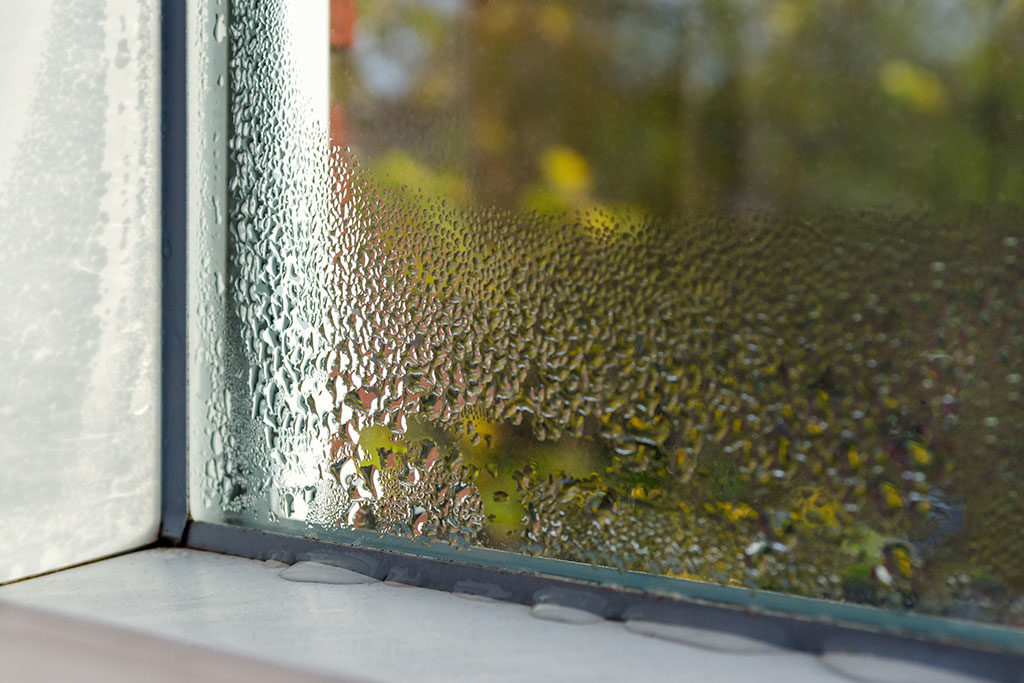
If you’ve been noticing foggy windows, musty odors, or clammy air throughout your home, chances are, your humidity levels are high. Humidity can both rob you of comfort and threaten your health. We don’t want you to suffer through the stifling heat, so we’ve outlined some surprising ways to reduce humidity in your home.
But first, a word about relative humidity (RH): RH measures water vapor relative to the temperature of the air. RH illustrates the amount of water in the air in relation to the total amount of humidity that could be held at the current temperature. Weather forecasts report relative humidity because it affects how we feel the temperature. Humid air feels warmer; dry air feels cooler. The ideal indoor relative humidity for a home is between 40 and 60 percent. If your RH is lower or higher, follow these tips:
Go old school with laundry
Dry your clothing outside. If you hang wet clothing inside to dry, all the moisture will evaporate into the air.
Accessorize with plants
Invest in some household tropical plants like Boston ferns, English ivies, Peace lilies, Reed Palms, or Tillandsias. These plants absorb moisture from the air instead of through the roots.
Take cold(er) showers
Hot showers create steam. Plan to bathe after exercising or spending time outside in the heat. You’ll be less tempted to jump into a steaming shower, and the cool water will feel refreshing. If nothing else, run the exhaust fan during and after showering.
Eat more salads
Hot weather provides the perfect opportunity to cook outside on the grill or eat cold meals like salads and sandwiches. Avoid boiling water; instead, save the heavy pasta for cooler weather. Your body will thank you in more ways than one.
Check the drainage route
In high humidity, your air conditioner or dehumidifier will produce a lot of condensation that has to go somewhere. Regularly empty the drip pan and be sure the drain lines are working properly so the water doesn’t evaporate back into the air.
Replace your flooring
Carpet is known to retain moisture. If you’ve tried all the above methods to decrease humidity, but still have a problem with moisture, consider replacing the carpet with hardwood flooring.
Benefits of proper humidity
With lower humidity levels, you could raise the thermostat setting a few degrees and still be comfortable. High humidity may cause headaches and asthma symptoms such as wheezing, shortness of breath, or a chronic cough. Proper humidity levels are easier on your respiratory tract and can:
- Reduce your cooling costs.
- Minimize wear on your HVAC system.
- Prevent dust mites, mold, bacteria, and mildew.
- Eliminate foul odors.
- Help you sleep better.
If you are still having trouble, consult with the professionals at WestAIR Heating & Cooling. We offer high-efficiency air conditioners to keep you cool in the muggy season and countless air quality accessories to reduce humidity. Schedule service to have a technician visit your home and recommend the right solutions for your family’s total indoor air comfort.
Contact us for more information.
This entry was posted in Air Conditioning,Cooling,Health Tips,Indoor Air Quality,Tips and tagged Air quality accessories, Asthma, Comfortable, Cooling, Dehumidifier, Energy efficiency, Energy savings, Grilling out, Humidity, HVAC, HVAC tips, Indoor air, Indoor air quality, Indoor air quality solutions, Muggy season
The Importance of Air Duct Cleaning
Posted on by WestAIR Heating & Cooling
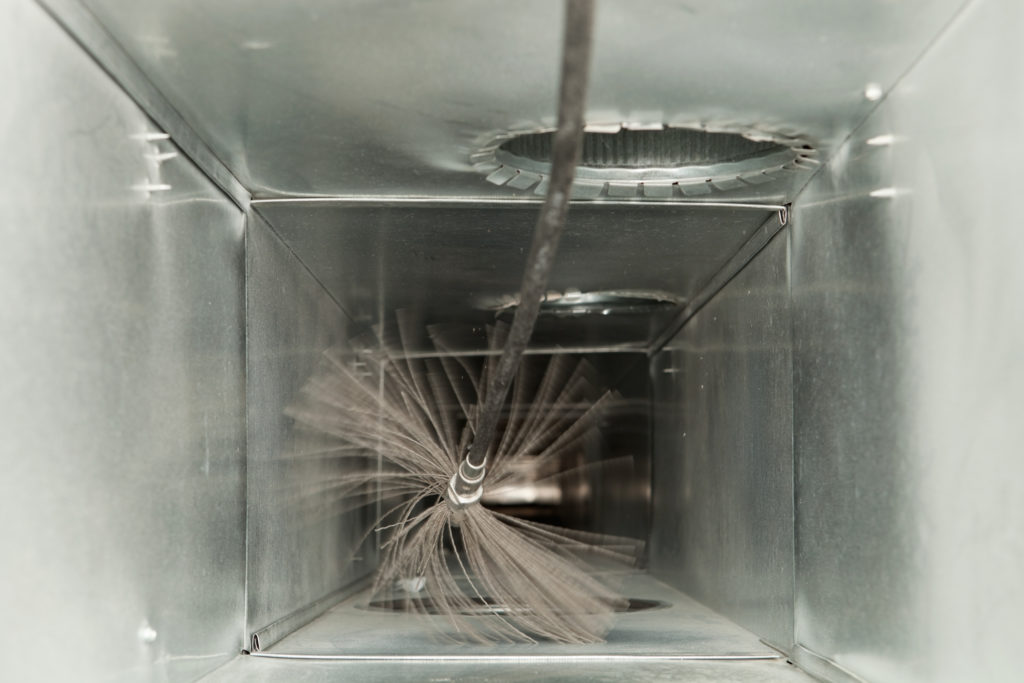
Air ducts are like the lungs of your home, supplying your HVAC system with a steady stream of fresh air. With so much dust, pollen, mold, and other harmful particles floating in your indoor air, your ductwork can quickly become a home for dirt. Professional air duct cleaning can keep harmful pollutants from circulating and settling in your ductwork.
What is air duct cleaning?
Your technician will inspect the system to make sure there’s no asbestos-containing materials, as those materials require specialized procedures to disturb or remove. They may cut out small holes in the ductwork to get inside. Using vacuum equipment and bristled brushes, your technician will dislodge and draw out particles and dust. Then, they’ll seal and re-insulate holes. Make sure to research and hire a qualified contractor with the resources and expertise to clean your air ducts safely. If not properly cleaned, you could face problems like damaged HVAC components or holes that have not been tightly sealed, compromising an airtight system.
How often should I schedule air duct cleaning?
According to the National Air Duct Cleaners Association (NADCA), air pollutants like dander, dust, and chemicals are re-circulated in your home five to seven times a day, on average. You should have your air ducts cleaned every three to five years, or more, depending on your lifestyle. In a home with pets, cigarette or cigar smoke, water damage, or renovation projects underway, more pollutants may be circulating. Schedule duct cleaning service if
- You’re unsure whether previous homeowners cleaned the air ducts in your current residence.
- There’s mold growth on visible parts inside your ducts or other heating system components.
- Your ducts are infested with vermin like rodents or insects.
- Your supply registers spew out dust when your HVAC system turns on.
- Your family is experiencing unusual or unexplained respiratory problems (allergies, asthma, sore throat, etc.).
How do I keep my ducts clean on a daily basis?
Follow these tips from the pros:
- To prevent dirt from getting into your system, use a high efficiency, manufacturer-recommended air filter for your HVAC system and change it regularly, especially if they clog frequently. When installing, make sure that air cannot get through gaps around the filter holder/frame.
- When you schedule your regular HVAC maintenance service, ask your provider to clean cooling coils and drain pans.
- If you are having renovations or construction work done, seal off supply and return registers throughout your home and don’t turn on your HVAC system until you’ve cleaned up the dust.
- Vacuum and dust frequently.
WestAIR Heating & Cooling provides duct cleaning service with our innovative Rotobrush equipment. Using a powerful, specialized vacuum and cleaning devices, we draw air through your duct system to dislodge any debris that may be stuck on interior surfaces. We also offer air exchangers, air cleaners, whole house humidifiers, replacement filters, and more to improve indoor air quality. Contact us to learn more.
This entry was posted in Duct Cleaning,Indoor Air Quality and tagged Clean HVAC ducts, Duct cleaning, Duct cleaning service, Indoor air, Indoor air quality, Professional duct cleaning
How Indoor Air Quality Impacts Your Family’s Health
Posted on by WestAIR Heating & Cooling
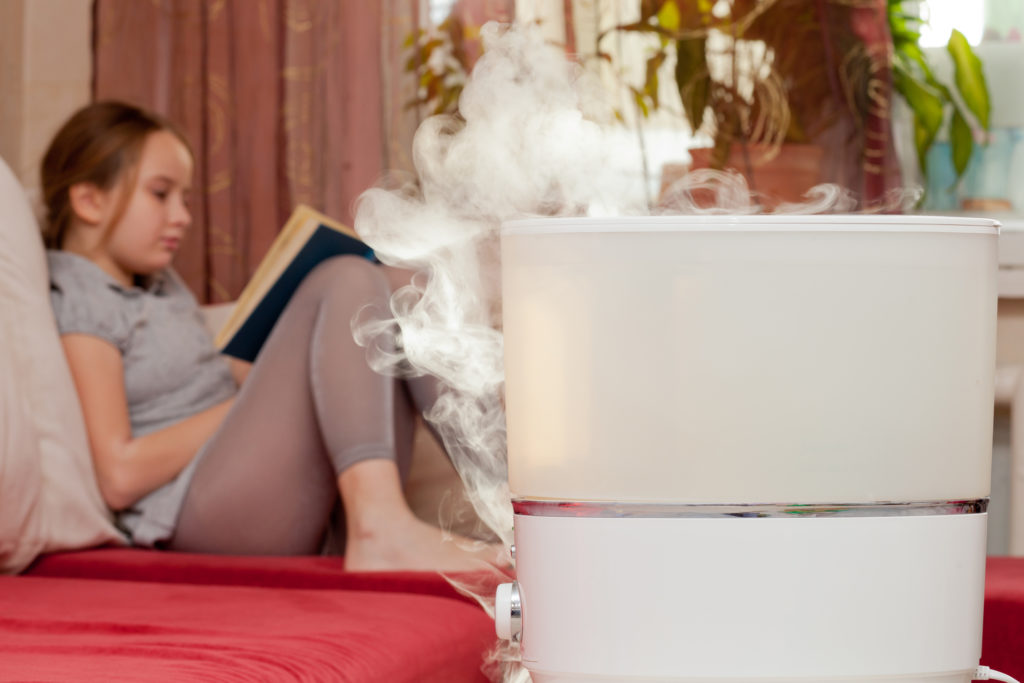 Humans inhale 11,000 to 15,000 liters of air per day. Most families spend more time in their home than anywhere else. Without proper ventilation, your indoor air could hold gases, chemicals, or other pollutants that can cause headaches, eye and skin irritation, allergies, asthma attacks, fatigue, and even cancer or long-term health complications. What’s even scarier? Ninety-eight percent of all airborne particles are below one micron (1/25,000 inch) in size and invisible to the naked eye.
Humans inhale 11,000 to 15,000 liters of air per day. Most families spend more time in their home than anywhere else. Without proper ventilation, your indoor air could hold gases, chemicals, or other pollutants that can cause headaches, eye and skin irritation, allergies, asthma attacks, fatigue, and even cancer or long-term health complications. What’s even scarier? Ninety-eight percent of all airborne particles are below one micron (1/25,000 inch) in size and invisible to the naked eye.
Imagine a toxic soup of pollutants constantly re-circulated throughout your home, through your respiratory system, and into your bloodstream.
The most obvious pollutants are secondhand smoke, radon, and carbon monoxide, but harmful airborne particles could come from any of the following:
- Gas, oil, kerosene, or wood stoves and fireplaces.
- Building materials like insulation, carpet, cabinetry, and pressed wood products.
- Personal care products and household chemicals like cleaning solutions, glues, and pastes.
- Pesticides, pollen, pet dander, hair, or other fibers.
- Dust mites, molds, and bacteria.
Children are more susceptible to all these things because their bodies are still developing. They breathe more air and eat more food in relation to their body weight than adults do. Properly maintained indoor air quality is especially important for people with asthma, allergies, chemical sensitivities, respiratory diseases, suppressed immune systems, or contact lenses. Here are some basic tips to make sure your home has clean, fresh air free of pollutants:
- Invest in a whole house humidifier or a smaller unit. The Mayo Clinic recommends you keep your home between 30 and 50 percent humidity.
- Make sure all vents are clear of obstructions and working properly.
- Have your ducts cleaned and change your furnace filter regularly (check it once a month).
- Buy a houseplant like a peace lily, dracaena, or garden mum to act as an air purifier.
- Use an exhaust fan when cooking, running the dishwasher, or bathing.
- Make sure gas stoves are well ventilated.
- Avoid smoking.
- Use craft supplies in well-vented areas.
- Minimize clutter.
- Remove carpeting if possible.
- Don’t wear outdoor shoes around the house.
- Keep the trash covered.
- Test your home for radon and use carbon monoxide detectors.
- Fix water leaks.
- Dust surfaces.
- Vacuum frequently, and open windows when you do.
- Wash bedding weekly.
- Keep a lid on scented candles when not in use.
WestAIR Heating & Cooling wants to help you live a healthier life with safe indoor air quality. We offer air exchangers, air cleaners, whole house humidifiers, replacement filters, and more to equip your HVAC system against contaminants. We also provide duct cleaning service so you can rest assured your air has clean, unobstructed passage throughout your home. Contact us to learn more.
This entry was posted in Duct Cleaning,Health Tips,Indoor Air Quality and tagged Air cleaner, Air filters, Duct cleaning, Dust, Filters, High efficiency electronic air cleaner, HVAC, Indoor air, Indoor air quality
Four Benefits of a Humidifier During Cooler Months
Posted on by WestAIR Heating & Cooling
Winter is here, and so is crisp Minnesota air. As the temperatures drop, so does humidity levels which can cause poor indoor air quality in our homes and negative effects on the body’s immune system. If you’re concerned about your health and comfort this season, consider using a humidifier during the cooler months.
- Dry air dries out your sinuses, nose and throat making it harder for your body to fight off unwanted germs. A humidifier increases humidity levels in your home, helping you breathe easier. Small portable humidifers work well for one room, or consider installing a whole house humidifier which works in conjunction with your HVAC system. Whole house humidifers also benefit allergy and asthma sufferers by keeping the throat, lungs and sinuses well lubricated.
- Whole home humidifiers also regulate indoor air quality to ensure the proper balance of humidity in your home.
- If you or someone you know suffers from eczema or other skin conditions, you know first-hand how dry air affects them. Moisturizing the skin helps, in addition to maintaining the proper humidity levels in your home.
- Have you ever woken up in the morning with a dry, sore throat? Your throat, chest, nose and mouth become progressively drier during the winter months. Maintaining the proper humidity levels in your home can help manage the air, giving you a better night’s sleep.
To learn more about indoor air quality, whole home humidifiers, or to schedule an appointment with one of our knowledgeable WestAIR service techicians, call us today at 763-498-8071
This entry was posted in Indoor Air Quality and tagged Allergies, Aprilaire, Humidfier, Humidifiers, Indoor air, Indoor air quality, Install, Whole house humidifier
Fall is a Great Time to Clean Your Air Ducts
Posted on by WestAIR Heating & Cooling
The coldest months of the year are on the horizon which means Minnesotans will spend increasingly more time indoors. That also means we’ll be breathing the indoor air from our home’s HVAC duct system. Improving your indoor air quality is simple.
As a HVAC system circulates air throughout your home, it also moves around dust, dirt and allergens. Over time, these substances collect in your duct system, causing your system to work harder to provide the level of comfort you desire. Having your ducts cleaned by our professional WestAIR technician will ensure your ducts are free and clear of pollutants, and that you and your family are breathing in the cleanest indoor air possible.
Fall is a great time to schedule this preventative maintenance before the winter season hits. Not only will you breath easier, but you’ll also save money in the long run by performing this simple step.
Learn more about Duct Cleaning by contacting WestAIR Heating & Cooling today at 763.498.8071 or check WestAirHeating.com for more info and current specials.
This entry was posted in Duct Cleaning and tagged Duct cleaning, Dust, Indoor air, Indoor air quality, Service, Technician, Tips & advice, WestAIR Heating & Cooling
HVAC Humor
Posted on by WestAIR Heating & Cooling
Our friendly team at WestAIR Heating & Cooling loves a good laugh once in a while …
but we also take duct cleaning seriously. Count on our experts at WestAIR to eliminate your dirty duct problem with our Rotobrush cleaning system. Our “Source Removal” cleaning method uses a powerful, specialized vacuum. While the vacuum draws air through your duct system, we insert devices into your ducts to dislodge any debris that might be stuck to the interior surfaces.
Call us today to learn more about our duct cleaning services. 763-498-8071
This entry was posted in Duct Cleaning,Indoor Air Quality and tagged Allergies, Duct cleaning, Dust, Indoor air, Indoor air quality, Tips & advice
Indoor Air Quality in the Twin Cities Area, MN
Posted on by WestAIR Heating & Cooling
Many people think that the air inside their home or workplace is cleaner than the air outside. However, in the majority of situations this is not the case. The air indoors at times is not as fresh as outdoor air and may be polluted with things such as dust mites, pet dander, mold, aerosols and bacteria. These such things may cause allergies, dry or runny nose, itchy eyes and throat or headaches.
It is important that we take the necessairy steps to be concerned with the quaility of the air that we breathe just as we are with the food that we put into our bodies. The best solution for indoor air quiality is proper ventilation which can be satisfied with an air exchanger from WestAIR. For more details and information please visit our website to read more on air exchangers.
Proudly delivering the “Quality Service you expect” for 25+ years. Contact WestAIR Heating and Cooling today for a free estimate (763)498-8071. Location: 11184 River Road NE Hanover, MN 55341
This entry was posted in Indoor Air Quality,Tips and tagged Air exchanger, Allergies, Dust, Indoor air, Indoor air quality, Minneapolis, Minnesota, Mold, Outdoor air, Pollution
Subscribe to Our Blog
With RSS feeds, you don't have to visit our site everyday to keep up to date. Simply subscribe to our blog via RSS or Email and our posts will come to you!
Search Blog Posts
Categories
Archives
- April 2024 (1)
- February 2024 (1)
- January 2024 (1)
- February 2023 (1)
- January 2023 (1)
- December 2022 (1)
- November 2022 (1)
- October 2022 (1)
- September 2022 (1)
- August 2022 (1)
- July 2022 (1)
- June 2022 (1)
- May 2022 (1)
- April 2022 (1)
- March 2022 (1)
- February 2022 (2)
- December 2021 (1)
- November 2021 (1)
- October 2021 (1)
- September 2021 (1)
- August 2021 (1)
- July 2021 (1)
- June 2021 (1)
- May 2021 (1)
- April 2021 (1)
- March 2021 (2)
- January 2021 (1)
- December 2020 (1)
- November 2020 (1)
- October 2020 (1)
- September 2020 (1)
- August 2020 (1)
- July 2020 (1)
- June 2020 (1)
- May 2020 (1)
- April 2020 (1)
- March 2020 (1)
- February 2020 (2)
- November 2019 (1)
- August 2019 (2)
- June 2019 (1)
- May 2019 (1)
- April 2019 (1)
- March 2019 (1)
- February 2019 (1)
- January 2019 (1)
- December 2018 (1)
- November 2018 (1)
- October 2018 (1)
- September 2018 (1)
- August 2018 (2)
- July 2018 (1)
- May 2018 (1)
- April 2018 (1)
- March 2018 (1)
- February 2018 (1)
- January 2018 (1)
- December 2017 (3)
- November 2017 (2)
- October 2017 (2)
- September 2017 (2)
- August 2017 (1)
- July 2017 (2)
- June 2017 (3)
- May 2017 (2)
- January 2017 (4)
- November 2016 (1)
- September 2016 (3)
- July 2016 (2)
- June 2016 (2)
- May 2016 (4)
- April 2016 (1)
- March 2016 (2)
- February 2016 (2)
- January 2016 (1)
- August 2015 (1)
- July 2015 (1)
- June 2015 (3)
- May 2015 (1)
- July 2014 (2)
- June 2014 (1)
- April 2014 (1)
- March 2014 (1)
- February 2014 (2)
- October 2013 (1)
- May 2013 (1)
- March 2013 (1)
- February 2013 (1)
- August 2012 (1)
- July 2012 (2)
- June 2012 (2)
- May 2012 (2)
- March 2012 (1)
- February 2012 (1)
- December 2011 (1)
- November 2011 (1)
- October 2011 (1)
- September 2011 (1)
- August 2011 (1)
- June 2011 (1)
- May 2011 (1)
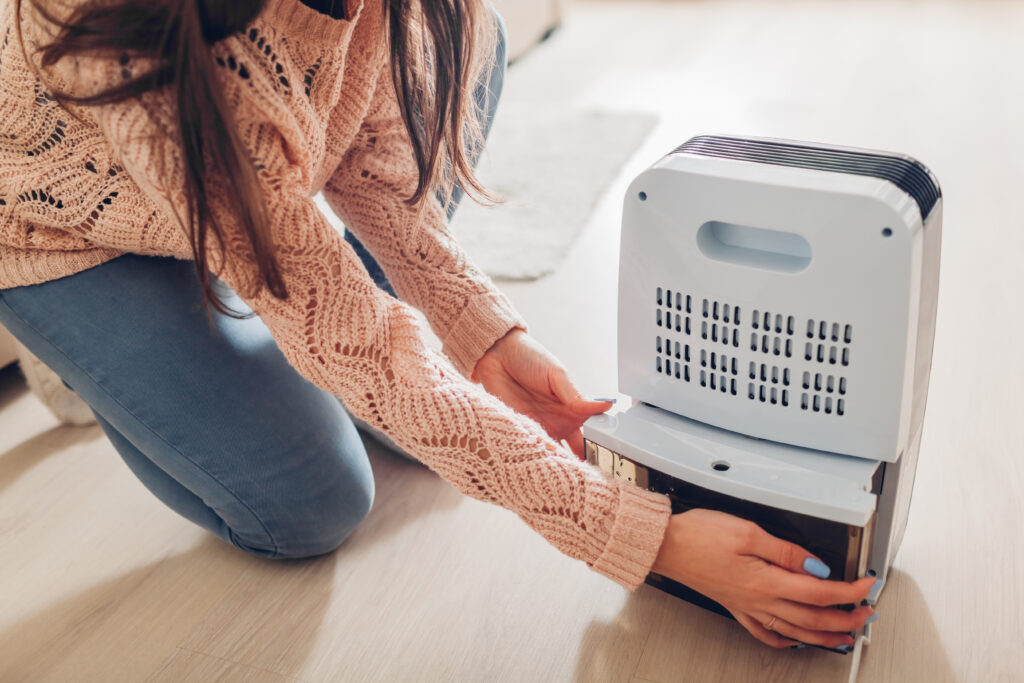

 Subscribe
Subscribe Subscribe
Subscribe